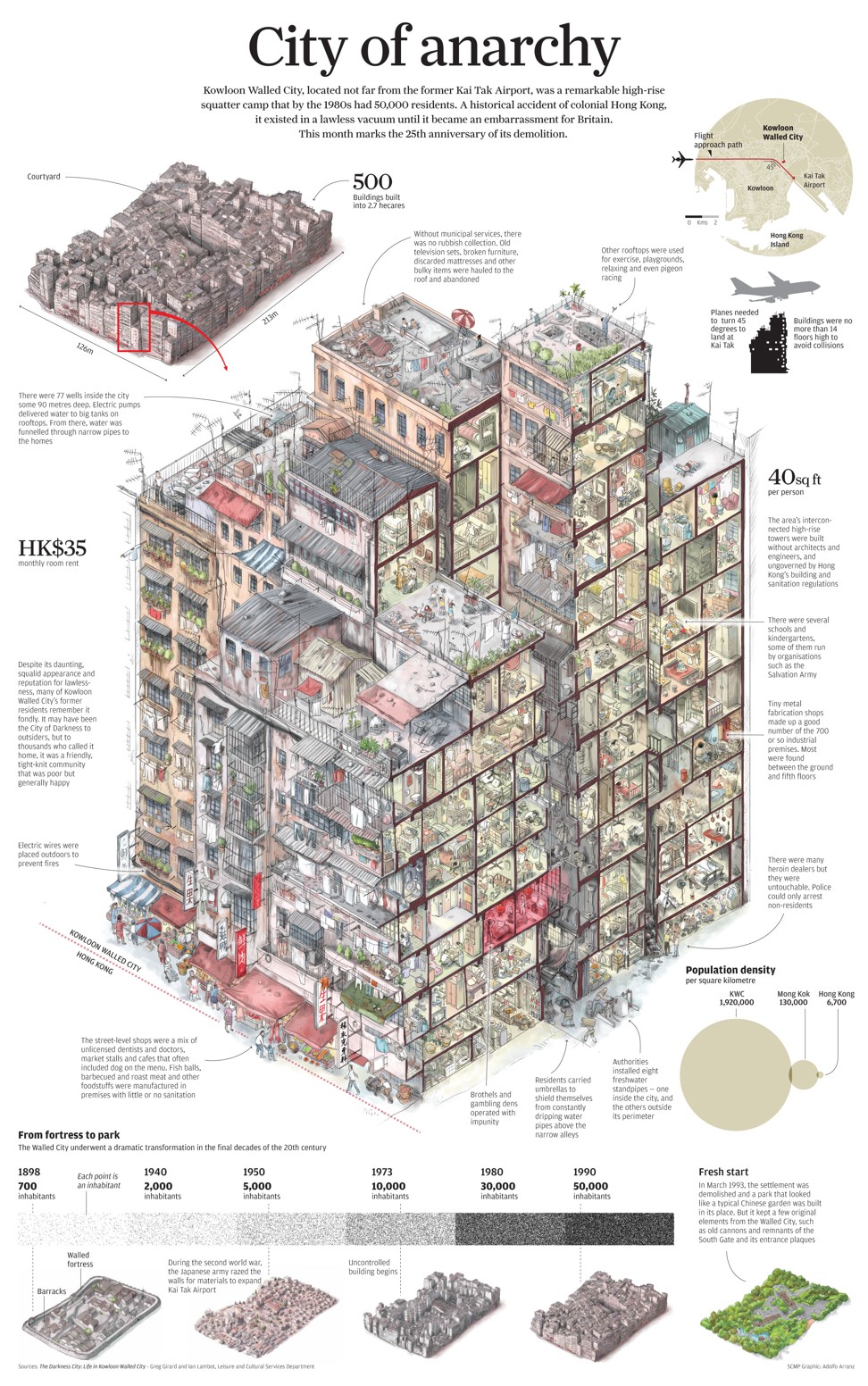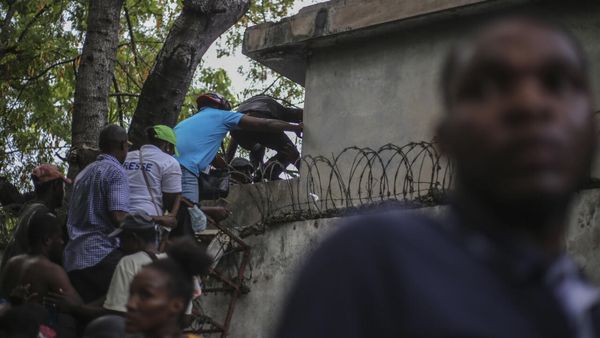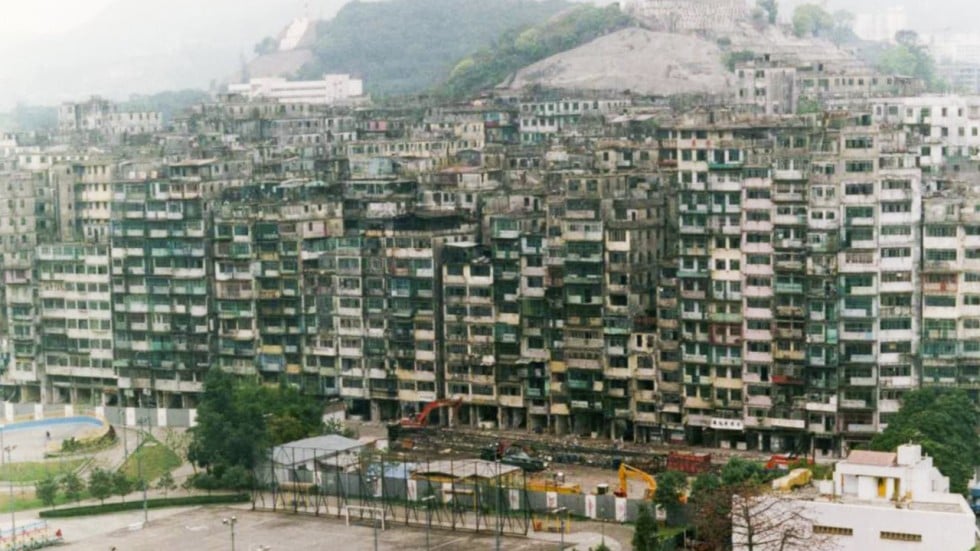
Dripping wet walls, a chaotic network of overhanging electrical wires and pipes, the bleak glow of lights through factory fumes – these are staple images in a Hollywood cyberpunk movie and also the actual environment of a vanished Hong Kong landmark, the Kowloon Walled City.
While many works in theatres and film, such as the cult classic Blade Runner, had adopted its outlook and unique aesthetics, the mixture of myth and fact behind the Walled City has been lost with its occupants.
To mark the 25th anniversary of the settlement’s demolition, the Post tracked down two individuals who unveiled the Kowloon Walled City to the general public, in colour, warts and all.
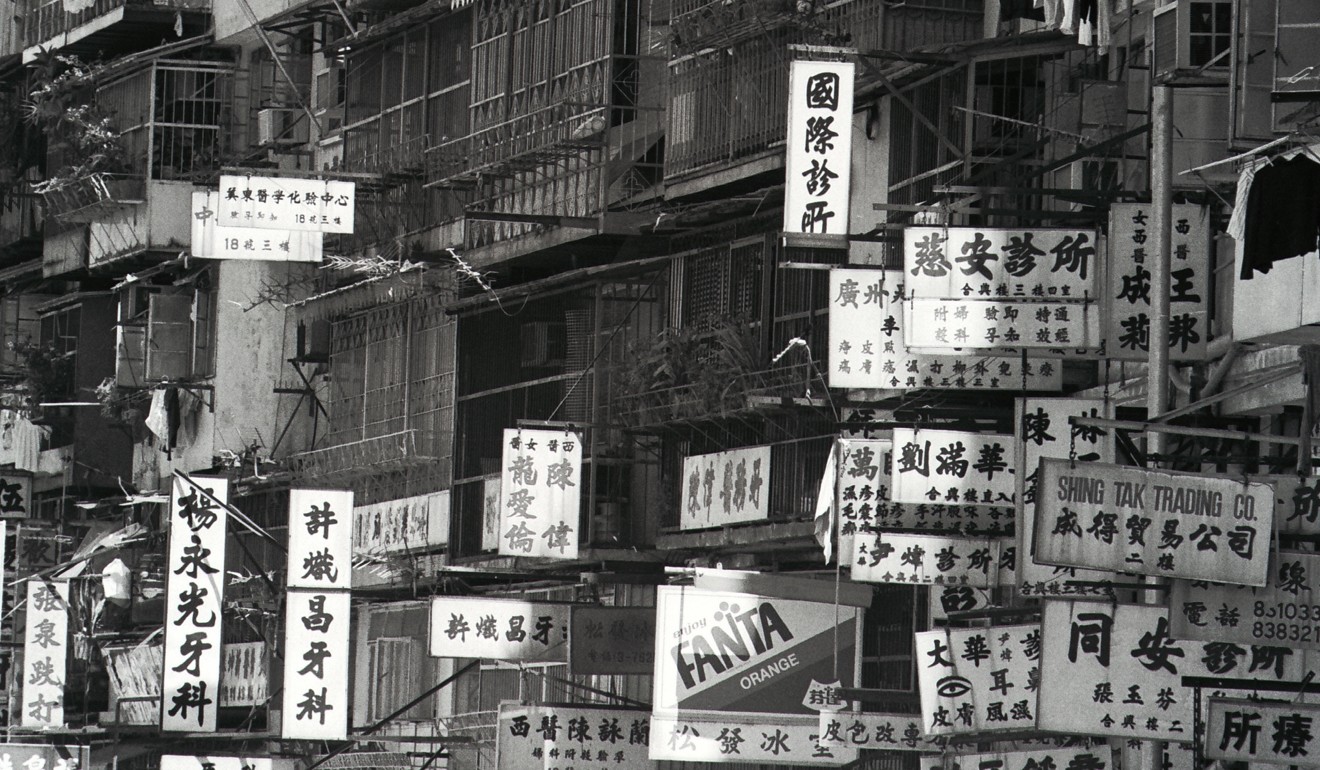
Published in 1993, City of Darkness features rare photos captured by Greg Girard and Ian Lambot, as well as an oral history given by residents.
Girard said he paid some 150 visits to the Walled City over a five-year period starting in 1986.
‘The rats were something else’: 25 years on, the Kowloon Walled City still evokes awe and revulsion
“I was taking pictures at night in Kai Tak. I went around a corner and saw this building of the Walled City, it really stood out from everything else,” he said of his first encounter with the brooding complex.
The Canadian photojournalist later teamed up with British photographer Lambot to put the book together.
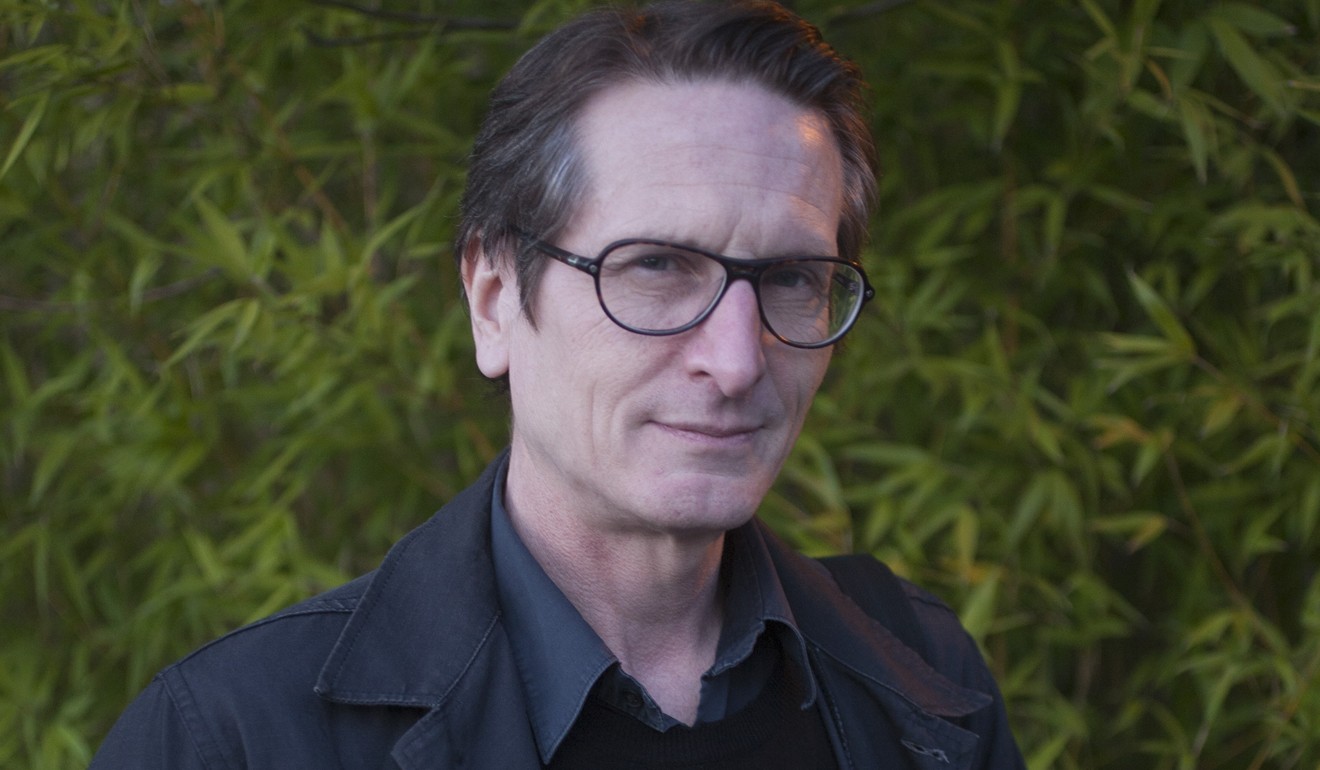
“We were keen to show the Walled City as a community; not to ignore any of the difficulties and problems, but to show it as it was – the real face of the Kowloon Walled City,” Girard said. He added that if one could see beyond the extreme physical conditions residents had to deal with, there was also a “village atmosphere”.
Referring to one iconic photo in the publication showing children playing on a rooftop, Girard said the place depicted was a makeshift playground and during the summer, it was an open space for fresh air and watching the sunset.
He also said many rooftops were interconnected – proof of a tightly-knit community.
Co-author Lambot, a trained architect, said it was “inevitable” that the Walled City was torn down.
“Nobody knew how it stood up – in terms of services it was badly organised,” Lambot said, adding that the government might have viewed it as just another squatter settlement.
Lambot also said the book had been reprinted over the past decades, signifying a continued interest in the topic.
But not everyone recalls the Walled City with such fondness and colour.
Eric Lockeyear, a retired chief superintendent who served in the then Royal Hong Kong Police from 1963 to 1996, said it was no different from other slums.
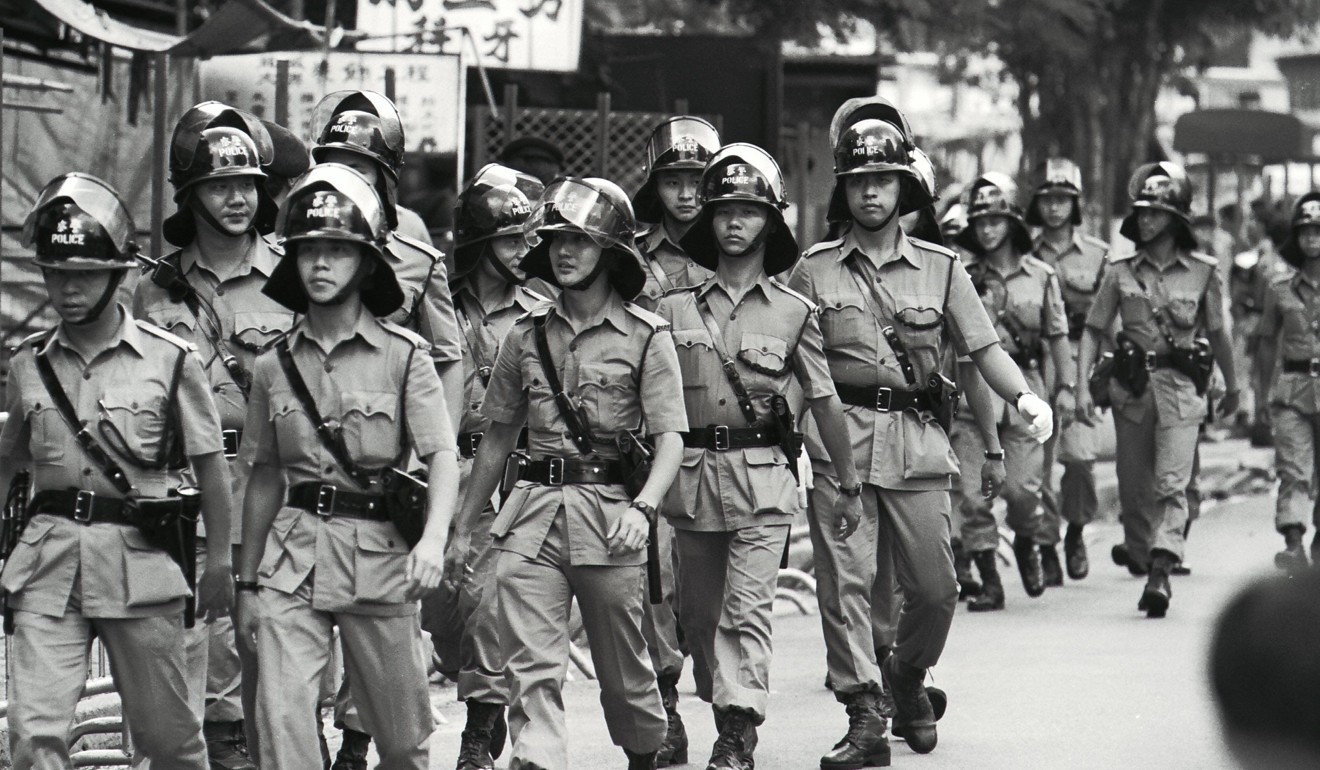
“The demolition of the Walled City was not the end of an exciting era at all. It wasn’t the end of a romantic chapter in Hong Kong’s history,” Lockeyear, 76, said. “It was one of the great leaps in improving the lives of thousands of Hong Kong people.”
While some may still fantasise about the place, Lockeyear said it had been too romanticised.
“One day, in uniform, I was chasing a drug trafficker … he ran down a street and turned a corner. I got there and realised, had I taken one more step, where he had disappeared into was not a lane, but an open sewer.
“I would have gone down in raw sewage, and that’s what the Walled City was like,” Lockeyear said, recalling his days as a patrolling officer in the enclosed enclave in the 1960s.
He also confirmed that some police and government officers took bribes from criminals there, and patrolling the place was not a popular job.
“If you were honest, it was just filthy and dirty, and if you were crooked, there wasn’t big money to be made,” he said, adding that most crimes were low level offences. A pack of heroine, for example, cost just HK$1 from dealers in the area at the time, according to Lockeyear.
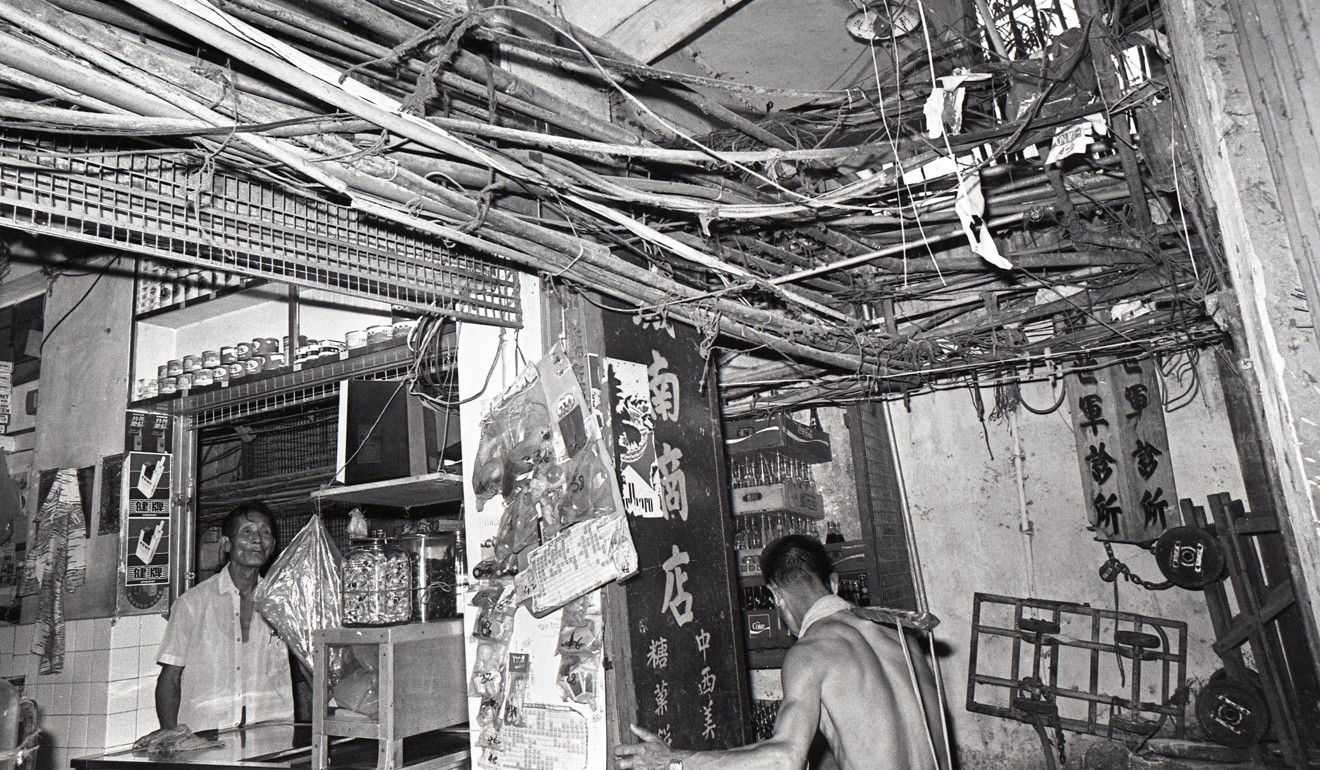
Corruption in the Walled City died down with the setting up of the Independent Commission Against Corruption in 1974, as did in other parts of Hong Kong, he said.
After leaving the front line in the mid-1970s, Lockeyear said he rarely set foot inside the Walled City again.
Chinese University historian Ho Pui-yin said the demolition of the Walled City still provoked sorrow among Hongkongers as they now see a poignant parallel.
The Kowloon Walled City was a “city within a city,” which is not unlike the situation of Hong Kong after the handover, she said. Hong Kong returned to Chinese rule in 1997, four years after the Walled City was demolished.
It was the signing of the Sino-British Joint Declaration in 1984 that paved the way for the demolition of the Walled City.
“Hong Kong is also a ‘city within a city’ under the ‘one country, two system principle’,” Ho said, referring to the policy under which Beijing governs Hong Kong. While socialism was the system for mainland China, Hong Kong was a capitalist society, she said.
Ho added that the demolition of the Walled City reminded Hongkongers that the promise of 50 years of an unchanged way of life would come to an end.
The image of the Walled City also lives on in the works of Kong Kee, a local comic artist.
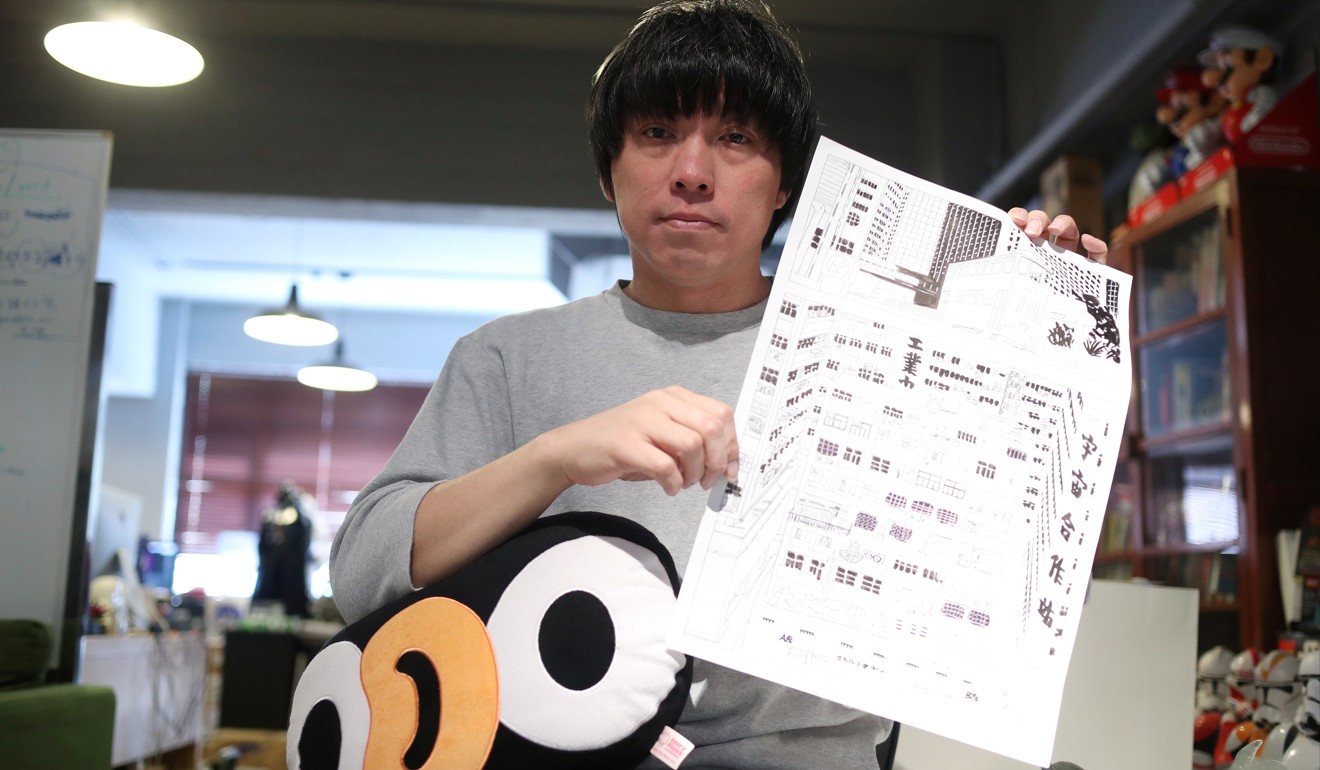
“With its high residential density and its own set of social order, [the Walled City] equates to Hong Kong from a certain time,” Kong said, adding that it was an important cultural icon for the city and had been referenced in Hollywood films.
“If you enlarge the Walled City, it is almost like what Hong Kong is today,” Kong said, noting that the dark legacy of the Kowloon Walled City – packed buildings and a difficult way of life – could still be found in some parts of modern-day Hong Kong.
